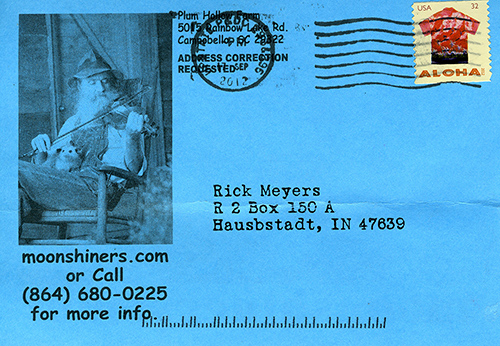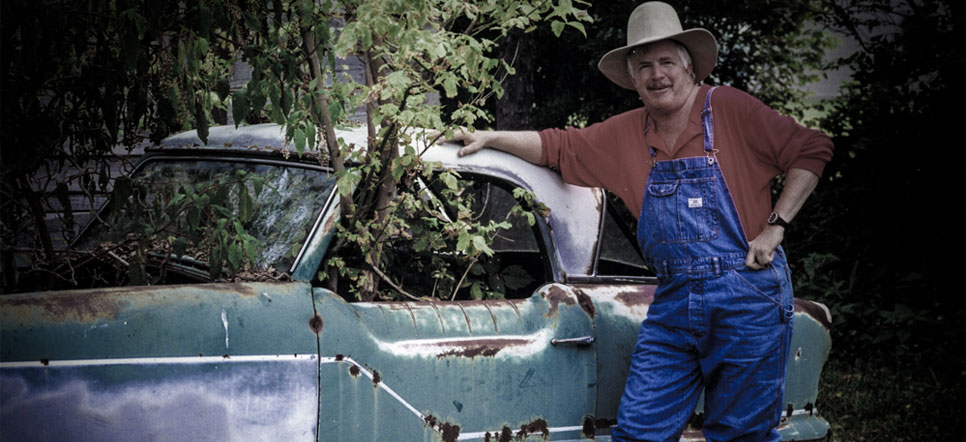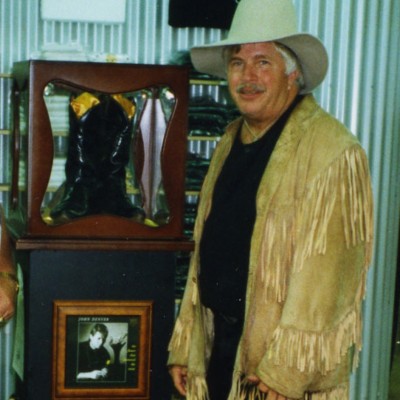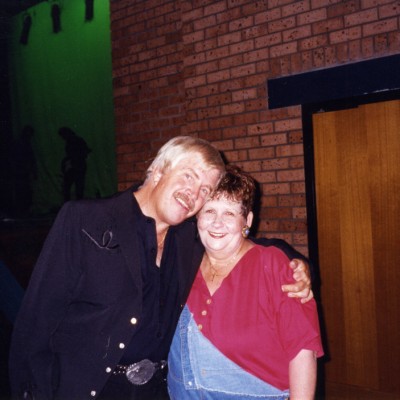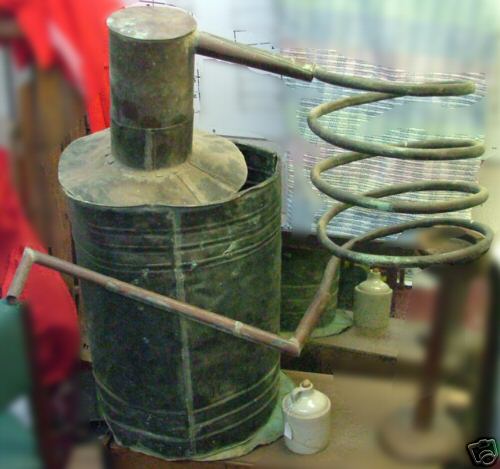
Whiskey still seized by revenuers
This is the real thing; a hand-crafted, all-copper, moonshine whiskey distillery seized by law enforcement decades ago, and kept in a warehouse deep in the Kentucky Mountains.
In remarkable shape after so many years, it was dismantled perhaps in the 1940s by revenue agents who wielded a cutting torch to melt the brazing that formed many of the joints and render the still inoperable, perhaps to keep any deputies from using it to cook up their own recipe. All the parts are still there, including a 27-inch-tall copper 20- or even 30-gallon vat, the copper coil that cooled the alcohol vapors and the various connecting pieces. Apparently it sat in storage for a couple of generations, out of the weather, gathering cobwebs that we’ve not cleaned away.
Its heyday was during Prohibition, during the 1920s when an amendment to the U.S. Constitution banned all production, distribution, possession or consumption of alcoholic beverages. The result was the rise of an illegal trade in spirits — you’ve seen the movies about Al Capone and Bugsy Moran. A key link in the illegal alcohol trade were rural mountain moonshiners who made the stuff out in the woods — often following their own special recipes, which consisted of fermented corn mash sometimes supplemented with rye, barley, acorns, potato peels, hackberries, gooseberries, poke berries, hard apple cider, turpentine, formaldehyde and even strychnine for extra kick. A fire was built under the still’s barrel and the recipe was boiled until the alcohol steamed away to be captured by the funnel-shaped top and turned back to liquid in the coiled copper condensers and caught in crockery jugs and glass canning jars.
The take-yer-breath-away result was picked up by whiskey runners and handed over to big-city bootleggers who delivered it to the thirsty American public. After President Franklin Roosevelt was elected and Prohibition was repealed, many areas of the country elected to remain “dry” –, where sale of alcohol today is still prohibited. Hillbilly Rick hearing of his families old still resurrected this remarkable relic from a barn near his families farm as it was being torn down.
After Prohibition ended nationwide, a lot of Kentucky’s local economies relied on alcohol sales — which became legal in only in some parts of Kentucky’, local moonshiners stayed in business and thrived, still distilling their local recipes, often preferred over store-bought spirits — and often cheaper since moonshiners didn’t bother to pay federal and state taxes. The government became determined to collect its tax revenues — and energetically pursued the moonshiners throughout the 1940s and 50s, destroying their product and smashing their equipment … disabling production, as was the case with this still.
With patina and wear that demonstrates that this ancient still is certainly not new, this is a relic, apparently put on display from time to time by law enforcement, then forgotten in a warehouse for decades. Sturdy and picturesque, a testimony to Kentucky’s independence, ingenuity and workmanship, it weighs about 25 pounds and stands about three feet tall when assembled.
A relic of simpler days and a world gone by, this moonshine distillery is a reminder of where we all came from and the not-always law-abiding folks who were a part of America’s heritage.
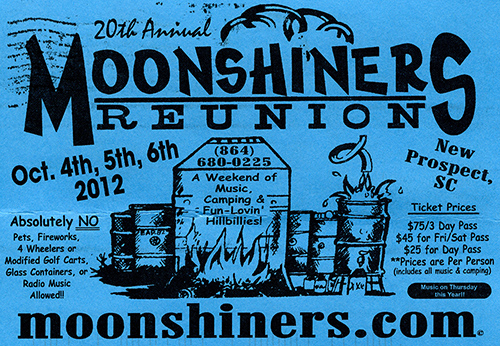
And Yes there is a Moonshiners Reunion twice a year, I have been several times to Plum Hollow South Carolina, up in the mountains, camped out in my truck for three days, music on stage, sat in the back of old pick up trucks sipping different types of moonshine.
My favorite was a mix with Indian Peaches, not to sweet but a bit of a taste.
I think the stage where we were is now on a moonshiners show and they are building a storage place underneath it.
Moonshine has been a part of my heritage, in 1981 got arrested for bank robbery and having some moonshine in Monteray Tennessee. After three trials I was found not guilty, meaning they caught the guys who did. Smile Going to write a story about it some day.
